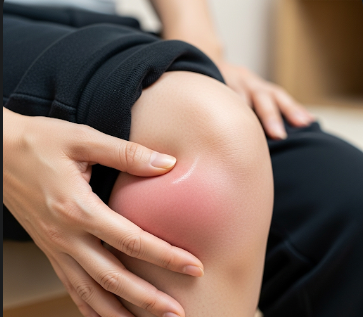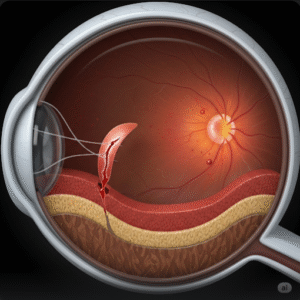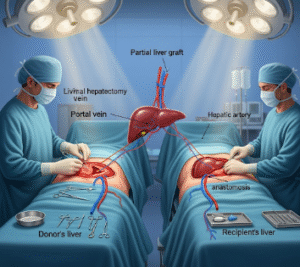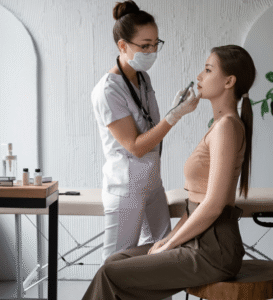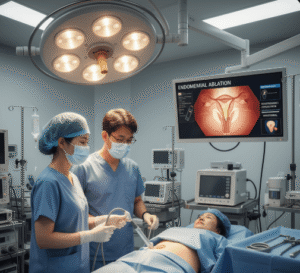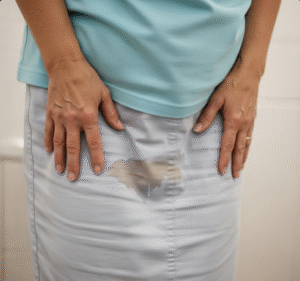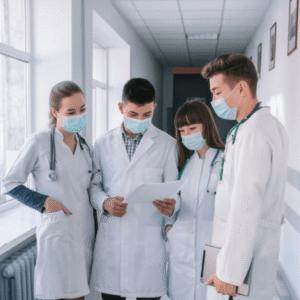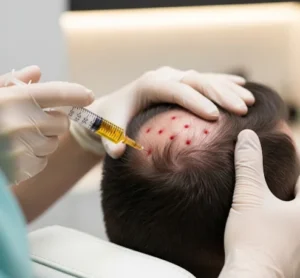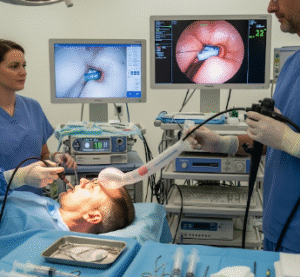➤ Overview
A swollen knee is a condition where the knee joint becomes enlarged due to fluid accumulation, inflammation, or injury. It is a common symptom that can result from trauma, infections, chronic conditions, or degenerative joint diseases. Swelling may be accompanied by pain, stiffness, redness, or warmth, affecting mobility and daily activities.
In South Korea, swollen knees are evaluated by orthopedic surgeons, rheumatologists, and physiotherapists. Early assessment ensures accurate diagnosis, appropriate management, and prevention of long-term joint complications.
➤ Key Facts
→ Knee swelling can occur in one or both knees, depending on the underlying cause.
→ Common causes include injury, arthritis, infection, and overuse.
→ In Korea, advanced imaging techniques such as MRI and ultrasound allow precise assessment.
→ Symptoms may interfere with walking, climbing stairs, and performing daily activities.
→ Early intervention can reduce pain, prevent chronic swelling, and preserve joint function.
→ High-risk groups include athletes, older adults, and individuals with previous knee injuries.
→ Management includes rest, medication, physical therapy, and, in some cases, surgical intervention.
➤ What is a Swollen Knee?
A swollen knee, also known as knee effusion, is the accumulation of excess fluid in or around the knee joint.
→ Acute swelling – Sudden onset due to trauma, ligament tears, or meniscus injuries.
→ Chronic swelling – Gradual onset often related to osteoarthritis, rheumatoid arthritis, or gout.
→ Inflammatory swelling – Occurs due to infection, autoimmune conditions, or systemic inflammation.
→ Post-surgical swelling – Common after knee surgery or joint replacement.
Korean orthopedic specialists emphasize examining the knee’s range of motion, joint stability, and signs of infection or inflammation to determine the underlying cause.
➤ What Symptoms are Related to Swollen Knee?
Swollen knee is often associated with a range of symptoms that help guide diagnosis:
→ Visible swelling or puffiness around the knee joint.
→ Pain or tenderness, especially with movement or pressure.
→ Warmth or redness – May indicate inflammation or infection.
→ Stiffness or limited range of motion – Difficulty bending or straightening the knee.
→ Instability or giving way – Feeling of weakness or imbalance.
→ Locking or popping sensations – Often associated with meniscus or ligament injuries.
→ Fever or malaise – Suggestive of septic arthritis or systemic infection.
→ Difficulty bearing weight – Swollen knees may impair walking or standing.
➤ What Causes / Possible Causes?
Swollen knee can result from injury, inflammatory conditions, infection, or systemic disease:
→ Trauma or injury – Ligament tears (ACL, MCL), meniscus injuries, fractures, or contusions.
→ Osteoarthritis – Degenerative joint disease causing chronic swelling and stiffness.
→ Rheumatoid arthritis – Autoimmune inflammation affecting multiple joints.
→ Gout or pseudogout – Crystal deposition causing acute painful swelling.
→ Bursitis – Inflammation of the fluid-filled sacs around the knee.
→ Infection (Septic arthritis) – Bacterial or viral infections causing redness, warmth, and fever.
→ Overuse injuries – Repetitive strain from sports or occupational activities.
→ Post-surgical or post-procedural swelling – Common after knee replacement or arthroscopy.
→ Other systemic conditions – Lupus, kidney disease, or bleeding disorders.
➤ When Should I See My Doctor?
Medical attention is necessary if knee swelling is severe, persistent, or associated with alarming symptoms:
→ Sudden, painful swelling following an injury.
→ Redness, warmth, or fever, suggesting infection.
→ Inability to move the knee or bear weight.
→ Chronic swelling lasting weeks without improvement.
→ History of arthritis, gout, or previous knee surgeries.
→ Recurrent swelling with systemic symptoms like malaise or fatigue.
→ Any suspected internal bleeding, ligament rupture, or meniscus tear.
➤ Care and Treatment
Management of a swollen knee depends on the cause, severity, and duration:
→ Rest and activity modification – Limit stress on the knee and elevate if possible.
→ Ice or cold compresses – Reduce swelling and inflammation in acute cases.
→ Compression and support – Knee braces or elastic bandages for stabilization.
→ Pain relief medications – NSAIDs or acetaminophen under physician guidance.
→ Physical therapy – Strengthening, stretching, and mobility exercises.
→ Drainage of excess fluid (arthrocentesis) – In cases of severe effusion or infection.
→ Treatment of underlying condition – Medications for arthritis, gout, or infection.
→ Surgery – Required for ligament repair, meniscus surgery, or joint replacement in severe cases.
➤ Treatment Options in Korea
South Korea offers advanced care for swollen knees, integrating orthopedic surgery, rehabilitation, and minimally invasive interventions:
Diagnosis in Korea
→ Physical examination and joint aspiration for fluid analysis.
→ Imaging: X-ray, MRI, and ultrasound for precise assessment of cartilage, ligaments, and synovial fluid.
→ Laboratory tests to identify infection, inflammatory markers, or metabolic causes.
Medical Treatments in Korea
→ Medications for pain, inflammation, and underlying conditions.
→ Physiotherapy and rehabilitation programs for restoring joint function.
→ Minimally invasive procedures such as arthroscopy for meniscus repair or fluid drainage.
Advanced Therapies in Korea
→ Knee replacement surgery for severe osteoarthritis.
→ Regenerative medicine – Platelet-rich plasma (PRP) or stem cell injections for cartilage repair.
→ Integrative care combining Western medicine and Korean traditional therapies for joint health.
Rehabilitation & Support in Korea
→ Education on joint protection, exercise, and lifestyle modifications.
→ Long-term follow-up to prevent recurrence and maintain knee function.
→ Support programs for pain management, mobility, and quality of life in chronic cases.

